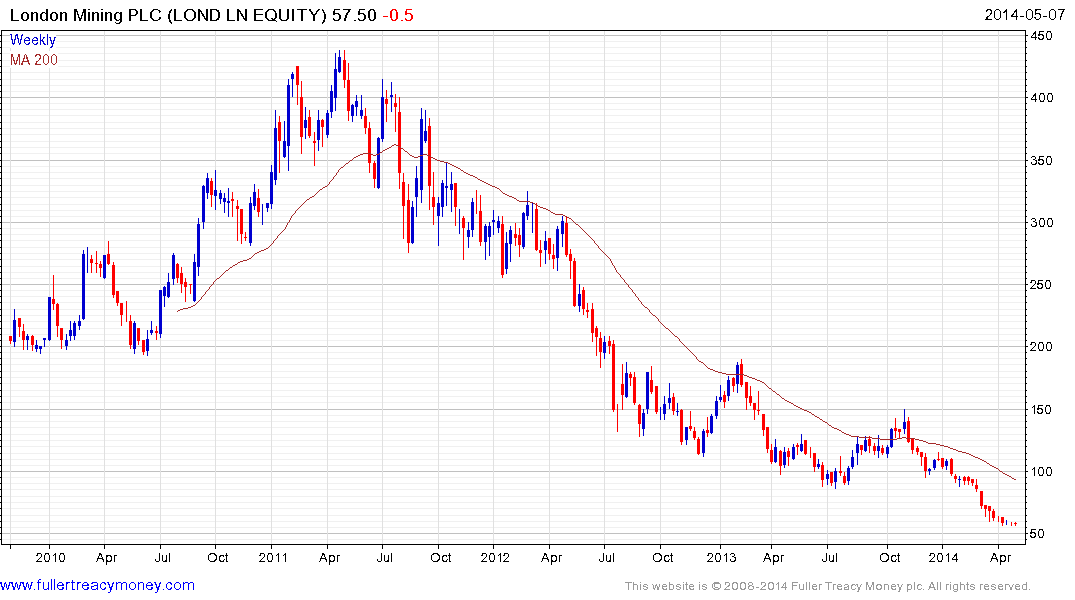Inflation at 3% Flags End of Emergency, Turning Point for Fed
This article from Bloomberg may be of interest to subscribers. Here is a section:
Eoin Treacy's view -None of this means it’s game over in the fight against price pressures — especially for the Fed, which is widely reckoned to be locked-in to another interest-rate increase later this month. Still, there’s now a better-than-even chance that a July 26 hike, which would take the benchmark US rate to 5.5%, could be the last in quite a while.
That’s the way markets were betting after Wednesday’s data. Yields on short-term Treasury yields plunged, stocks rose, and the dollar was headed to the lowest in more than a year by one measure – all in anticipation that the Fed might ease up.
‘Coming to End’
“The new data could give the Fed reason to debate whether any further rate hikes after this month are needed,” wrote Ryan Sweet, chief US economist at Oxford Economics. “This tightening cycle by the Fed is likely coming to an end.”
CPI is back inside the pre-pandemic range but the core figure is still at elevated levels. That represents a partial win for the Federal Reserve. The challenge is regular CPI is supposed to be more prone to volatility than the core figure.
Jerome Powell has stated he is focusing on the core services less housing figure. That has been steady around 4.5% since August 2022 and is the primary data point suggesting inflation is sticky. Nevertheless, traders are betting the July hike will be the last in this cycle.
This section continues in the Subscriber's Area. Back to top








